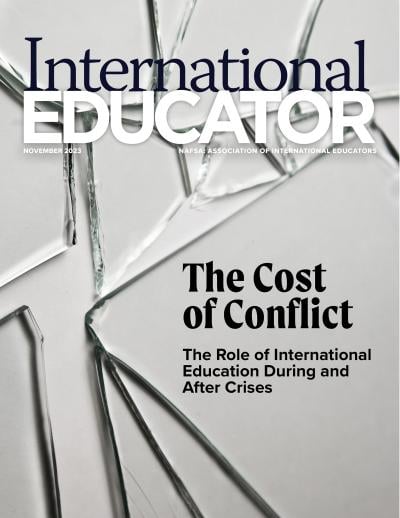After the Curtain Fell
When Liviu Matei enrolled in university in his native Romania in 1985, he wanted to study psychology. But the subject was considered dangerous and had been banned by the communist government. Just four years later, communism collapsed throughout Central and Eastern Europe, and Matei, who had resorted to studying philosophy, was among a group of young academics who created a new psychology department at Babes-Bolyai University in Cluj-Napoca.
Fast forward 23 years since the fall of the Berlin Wall, and subjects like psychology are freely taught, and Matei has gone on to serve as chief operating officer and professor of public policy at Central European University (CEU) in Budapest, Hungary. It’s a U.S.-style university established in 1991 expressly “to promote open society and democracy.”
Along with this openness has come internationalization. A number of Western-style universities have sprung up in the region, while public institutions strive to draw international students from throughout the world.
That push to internationalization is designed in part to create a “more aware and open people, and hopefully will lead to a peaceful place,” says Nina Lemmens, director of internationalization and communication at the German Academic Exchange Service (DAAD), which works to attract foreign students and faculty to universities throughout Germany, including the portion that once stood in then-East Germany.
It’s a far different era from when ideology separated East from West.
Before the Iron Curtain fell in 1989, the international students at universities in Central and Eastern Europe primarily came from traditional Communist allies in Africa











